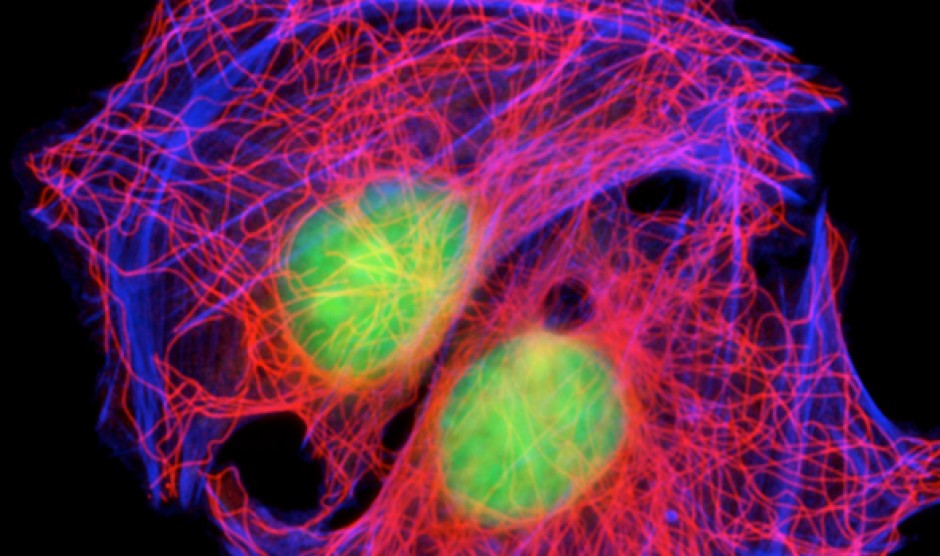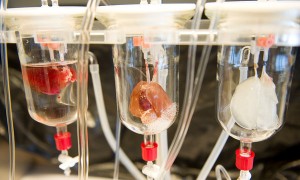When you step into a green house, you expect to see the most exotic plants, the ones that consume meat, the ones that flourish with a rainbow of colors, to see leaves, trees, and petals. But instead there are jars with floating objects that pulse to a steady rhythm. You see pink and red flesh glistening in a broth. You are seeing organs being manufactured from what seems like nothing. It seems like science fiction, but it’s turning out to be science nonfiction.
We are on the path of being able to create organs from scratch.
SAY WHAT.
In September 2012, scientists at the Karolinska Institute of Sweden successfully created a new windpipe for a patient with cancer. Dr. Paolo Macchiarini had come up with a risky but ground-breaking way to give his patient, Andemariam Beyene, a new windpipe. Mr. Beyene had been suffering from a golf ball sized tumor in his windpipe that would not leave, despite the various radiation therapies he received. From plastic and Mr. Beyene’s own cells, an entirely new windpipe was created. This is the power of cellular biology.
Maybe you’ve heard about replacement hearts; how is this different? A replacement heart is not a heart. It is a machine. With tissue engineering, scientists and doctors are creating something entirely human and living that can be used to replace a damaged organ. Dr. Macchiarini did just that, building a cancer free windpipe and literally stitching it back into his patient, and it is still functioning, still living, still working inside Mr. Beyene’s body.
How did they do this?
In 2008, Macchiarini’s team took rat organs and let it float in a broth that stripped the organ free from its living cells. What remained was a “skeleton” of sorts, the extracellular structures made of proteins that help guide the cells into forming the tissue that will allow for a functioning organ. Macchiarini took this idea and decided to build organs using plastic scaffolds. He took a plastic scaffold and let it float in a growth broth and dipped in some of Mr. Beyene’s own cells, his stem cells, and let these “ingredients cook in the oven”. After sitting in the incubator for a while, what came out was a new organ. Macchiarini suspects that the cells that are first introduced into this broth do not live for very long, but what they do is signal to other cells to come and differentiate into the right cell type for this organ to be sustained. It’s like magic, BUT REAL.
Why do we do this? Can’t we just use patient donors for replacement organs?
Yes, that is definitely a possibility, but our immune systems are a bit possessive over us; they don’t like other people’s cells and instead fight them when they come into our territory. If the donor doesn’t match up with what our cells like, we will essentially destroy what we need. By using our own cells, we don’t have that risk, and there is no hassle of trying to find a perfect match for a donor.
This is definitely just the beginning of something grande, something that can fix so many problems for those who are sick. But, there is a long way to go. Dr. Macchiarini’s believes that one day we can possess the ability to not have to grow these organs outside and then stitch them back into a patient. Instead he hopes to one day feed a certain drug to patients which will signal to the cells to form the organ within the body.
Science isn’t always so interesting to some, but it’s hard to deny that it is doing amazing things to advance our quality of life.

